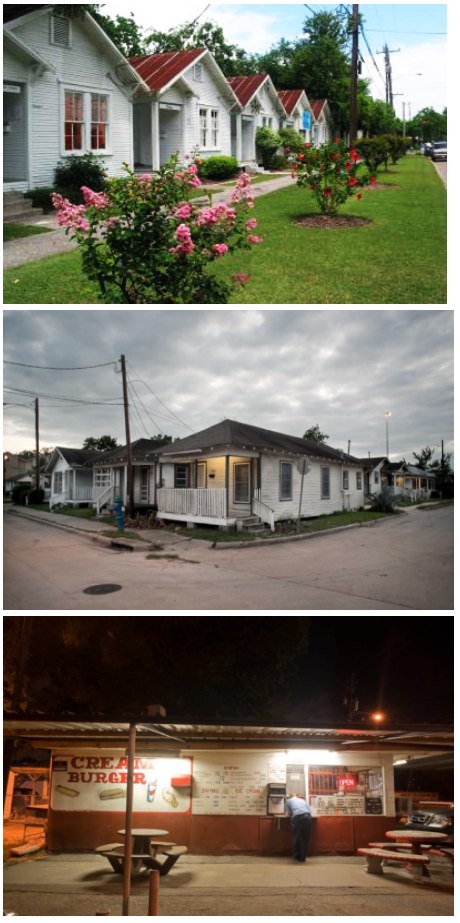| |
| |
| Home | About | Schedule | Impact | Media Coverage | Get Involved | Donate | ||
| • Activities | • Mission | • Goals | • Staff | • Schools | • Community | • Supporters | ||
 To understand CHAMP and its mission, it is important to be familiar with the
communities surrounding the University of Houston, including the
Third Ward,
Sunnyside
and the East End.
To understand CHAMP and its mission, it is important to be familiar with the
communities surrounding the University of Houston, including the
Third Ward,
Sunnyside
and the East End.